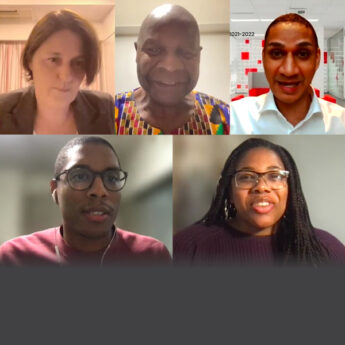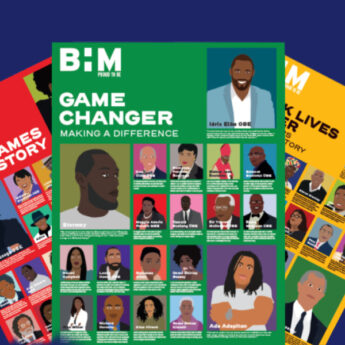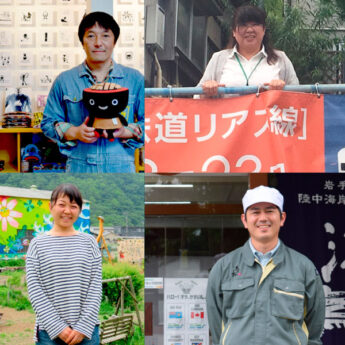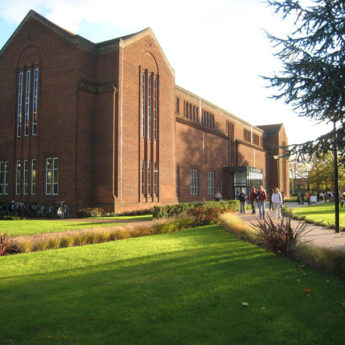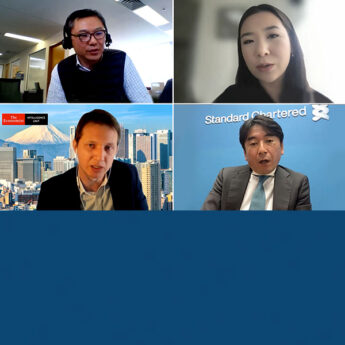LinkedIn event highlights many functions of networking platform
- Localisation done for Japan two years ago
- Second-degree connections a valuable pool of contacts
- Eight business leaders participate in influencer programme
On the evening of 16 April, the British Chamber of Commerce in Japan (BCCJ) hosted the fifth session in its Small is Great series, aimed at helping small and medium-sized enterprises grow their businesses.
The event highlighted LinkedIn as a “social networking platform for professionals”. LinkedIn Japan launched just two years ago, both to assist firms in the country make the most of the tool domestically and also to promote users’ expansion abroad.
Speaking at the BCCJ event was Garrell Malacad, global account director of LinkedIn Talent Solutions.
When it comes to leveraging social media, Malacad said, it’s important to examine the context: LinkedIn is for professionals, Facebook is social (“animals and baby pictures”) and Twitter is a general public platform.
As a representative of your business and personal brand, it is important to ensure your LinkedIn profile is at the top of every Google search including your name. Profile photos are essential, according to Malacad, as individuals and businesses that have an image on their profile get six to seven times more views than profiles without pictures.
He also advocates including a robust list of skills on your personal profile, as well as seeking recommendations from people in your LinkedIn network, all of which boost your professional credibility. These steps help create a “rich profile”.
Malacad emphasised the power of second-degree connections in professional networks. Though you may not be directly linked to these people or have met them personally, asking a first-degree connection for an introduction exponentially increases your potential collaborator or client base on LinkedIn.
With over 5.5mn searches performed in 2012, the LinkedIn search engine is clearly a powerful tool. Viewing profiles accounts for more than 50% of the site’s traffic. InMaps is another feature that can be harnessed to see a graphic representation of your connections, grouped by industry or company.
Malacad recommends analysing the graph to see where your network is lacking.
Pulse is yet another tool that was introduced relatively recently. It aggregates news from roughly 2mn publications, looking at users’ profiles and matching people with news that would likely interest them.
In addition, LinkedIn Japan has identified eight “influencers” from government and industry, whose stories can be followed online.
Malacad and his team realised that business leaders want to tell their story, and that people want to read about how business leaders think. They introduced the influencer programme accordingly, with contributors such as Prime Minister Shinzo Abe and Hiroshi Mikitani, co-founder of Rakuten, Inc.
One of the advantages of having a company versus a group page for your organisation is that company pages are open to everyone, whereas group content is only visible to members of that group.
Company pages also provide a venue for frequent, timely updates and conversations with followers. When your connections like or share a post on your page, their connections see this and may visit your company page for more information. This is how you go viral on LinkedIn.
Malacad suggests asking staff to tag themselves as members of your firm, to expose your brand to employees’ personal networks as well.
He said businesses use LinkedIn for at least one of the following reasons: hiring, marketing or selling. The first area is perhaps the site’s strongest at present, an observation supported by the many questions in the audience posed by recruiters.
Of the candidates online, 80% are passive job seekers, he said. Of those people, 60% will consider an offer or information that seems interesting or personally relevant.
Follow the BCCJ’s company page on LinkedIn for the latest updates.
